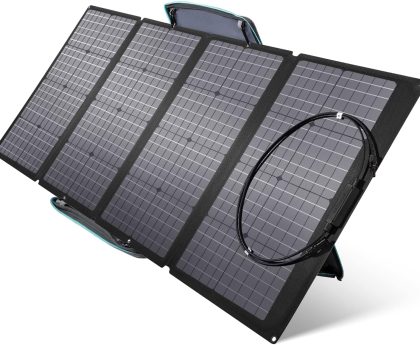Industrial processes like smelting metals or manufacturing cement can be carbon-intensive, as they typically rely on fossil fuels to generate enough energy to produce high temperatures. But researchers have found a way to use solar thermal trapping, rather than fossil fuels, to reduce the emissions of some industrial processes.
“To tackle climate change, we need to decarbonize energy in general,” said corresponding author Emiliano Casati, of ETH Zurich, Switzerland, as reported by Science Daily. “People tend to only think about electricity as energy, but in fact, about half of the energy is used in the form of heat.”
Scientists used semitransparent materials, including synthetic quartz, to capture sunlight with a thermal trapping effect. The team connected a synthetic quartz rod, partially lined with platinum, to an opaque silicon carbide disk, which would absorb the sunlight, and exposed one end of the quartz rod to concentrated solar radiation.
After exposing one end of the rod to the concentrated solar radiation, the silicon carbide disk reached 1,050 degrees Celsius (1,922 degrees Fahrenheit), hot enough for smelting metal or cooking cement, among other industrial processes. While that end reached over 1,000 degrees Celsius, the other end of the quartz rod stayed at a temperature of 600 degrees Celsius (1,112 degrees Fahrenheit). The researchers published their findings in the journal Device.
Thermal trapping is not a new concept, but it is typically considered only viable at lower temperatures, Clean Technica reported. The new study’s findings reveal the potential for solar-trapping devices to generate enough heat to power even some of the most carbon-intensive industry processes.
“Previous research has only managed to demonstrate the thermal-trap effect up to 170°C (338°F),” Casati said in a statement. “Our research showed that solar thermal trapping works not just at low temperatures, but well above 1,000°C. This is crucial to show its potential for real-world industrial applications.”
As reported in the study, heat generation makes up about half of final energy consumption, with 25% of total energy consumption used for industrial processes. Most of this energy consumption for industrial processes relies on power from fossil fuels. By using solar thermal trapping instead to generate high temperatures, industries could reduce their emissions.
“Energy issue is a cornerstone to the survival of our society,” Casati said. “Solar energy is readily available, and the technology is already here. To really motivate industry adoption, we need to demonstrate the economic viability and advantages of this technology at scale.”
The solar-trapping device is currently just a proof-of-concept and is not yet ready to scale. The team will continue their research to make their device more efficient and effective, including through testing different materials that can absorb the solar radiation and generate higher temperatures. They also noted that further testing is needed for different coatings or applied surface patterns to reduce reflections.
This post was originally published on 3rd party site mentioned in the title of this site






